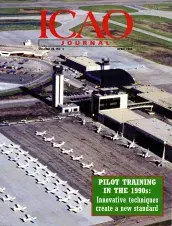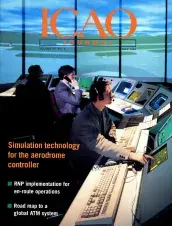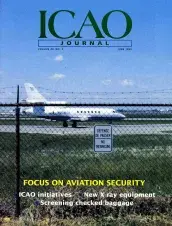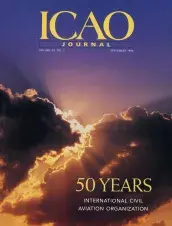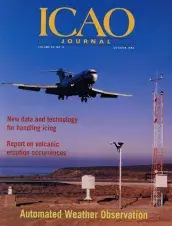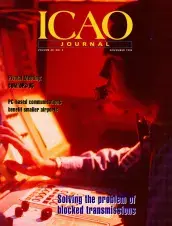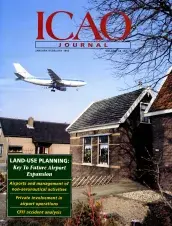国际民航组织期刊
The objective of the Journal is to provide a concise account of the activities of the International Civil Aviation Organization and to feature additional information of interest to Contracting States and the international aeronautical world.
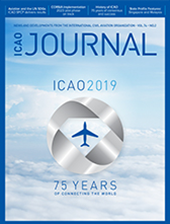 (ICAO Journal is available in English only from 2013)
(ICAO Journal is available in English only from 2013)
The incorporation of advanced technology is a key to the success of today's commercial air transports. As noted in the article beginning on page 9, airlines prefer to avoid the requirement to continually invest in upgrades and modifications in order to meet evolving standards, and it is becoming essential for manufacturers to design aircraft with the future in mind.
Aerial view of Grand Forks International Airport, the flight operations centre of the University of North Dakota's UND Aerospace, shows part of the school's fleet of 85 aircraft. Together with Northwest Airlines, UND Aerospace has developed an innovative ab initio airline pilot training programme that emphasizes human factors instruction, crew training and peer evaluation as well as the traditional airmanship skills.
One of the crucial challenges facing civil aviation today is the task of safeguarding international civil aviation operations against acts of unlawful interference. As outlined in the article beginning on page 12, ICAO has launched several initiatives to help countries in need to establish effective security measures.
Among milestones reached in 1993 was the production of the 1,000th Boeing 747. In the years since the first 747 was rolled out in 1968, the wide-body transport has carried more than 1.4 billion passengers and flown more than 17.9 billion miles. Boeing has evolved 15 versions of the aircraft to meet airline needs. The 1,000th 747 was delivered to Singapore Airlines in October 1993.
On 7 December 1994 it will have been 50 years since 52 nations met in Chicago for a conference that concluded with the signing of the Convention on International Civil Aviation, a document that included the constitution of ICAO. This month the Journal commemorates the 50th anniversary of ICAO by focusing on the history of the organization and some of the significant civil aviation developments o! the past 50 years.
The airport at San Clemente, California has installed an Artais automated weather observation system for collecting and reporting weather data. The AWOS 2000 pictured here is a new-generation system that combines aviation reporting requirements and the need for meteorological data collection.
A recent review of the trend in accident statistics kept by ICAO indicates that there is some cause for concern about the future flight safety record. Without a distinct decline in the present accident rate -- which has remained relatively level for many years -- there will be an unacceptable increase in the number of accidents as air transport activity continues to grow. The challenge to industry and government is to determine how this safety record can be improved further in order to maintain the public's confidence in air travel.



